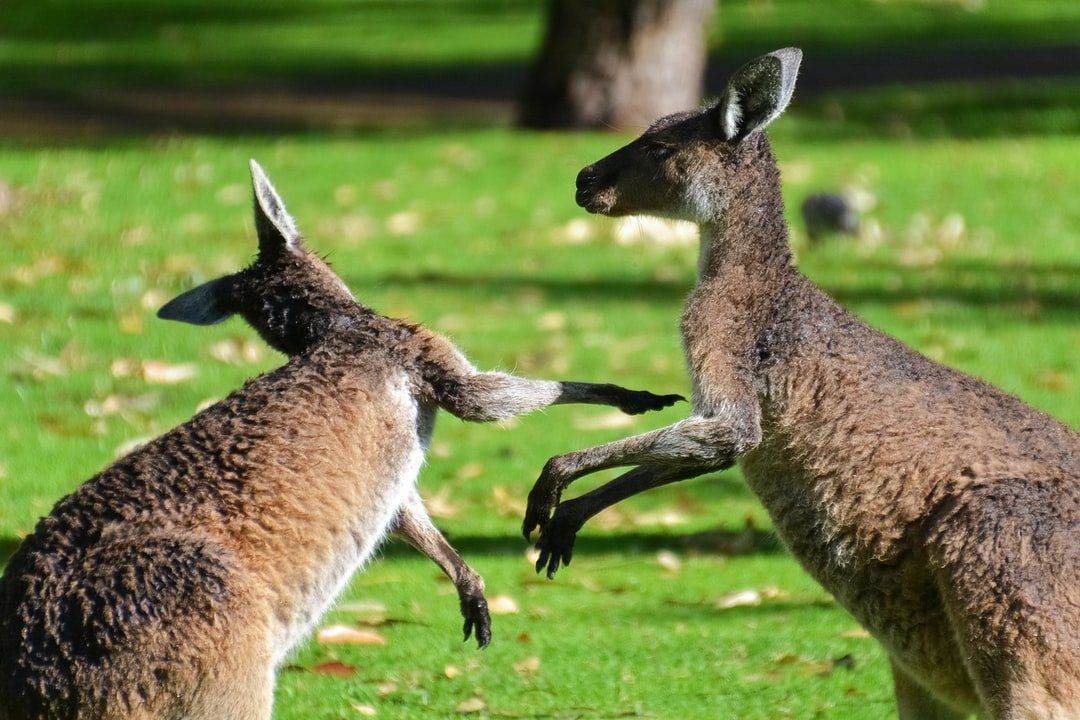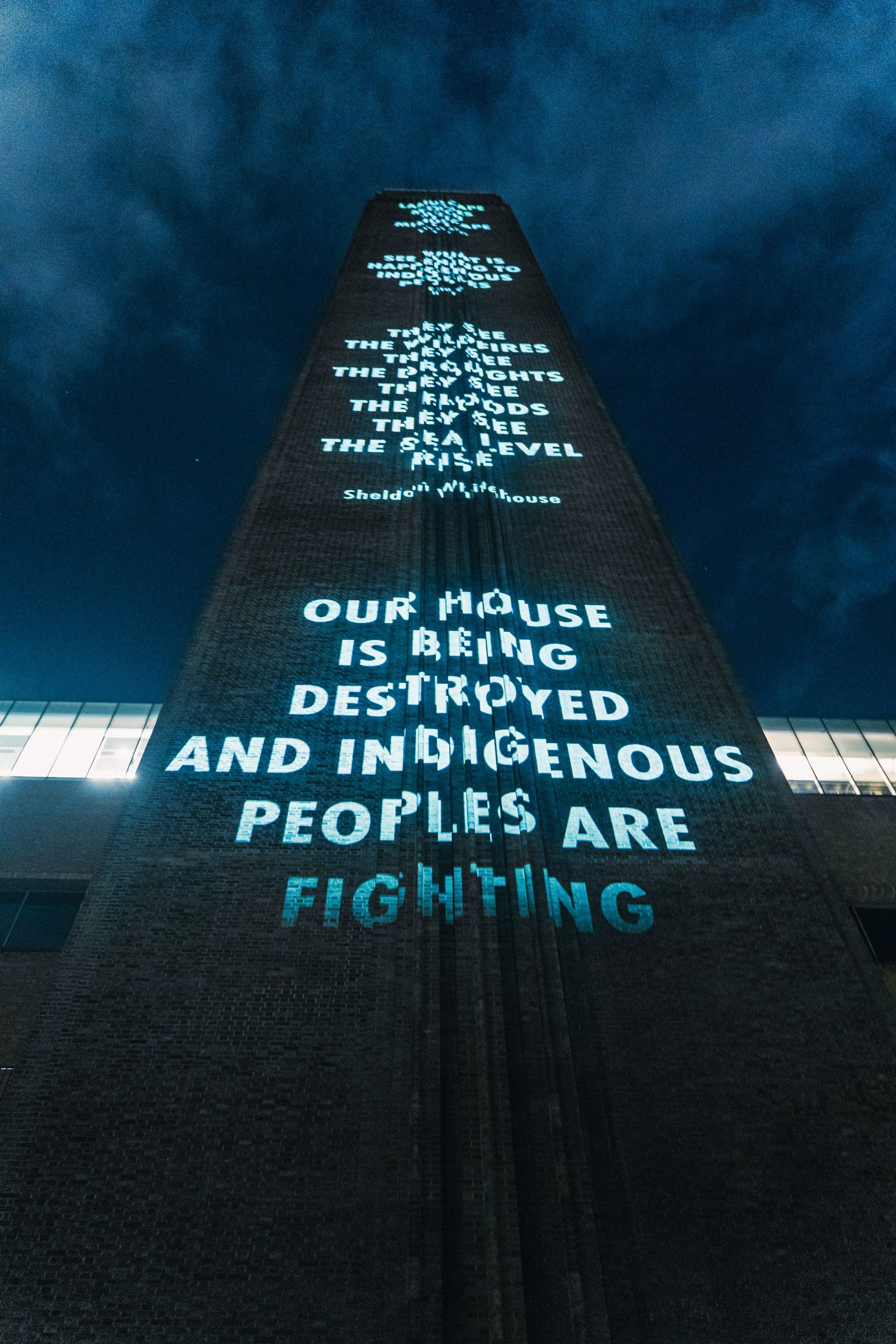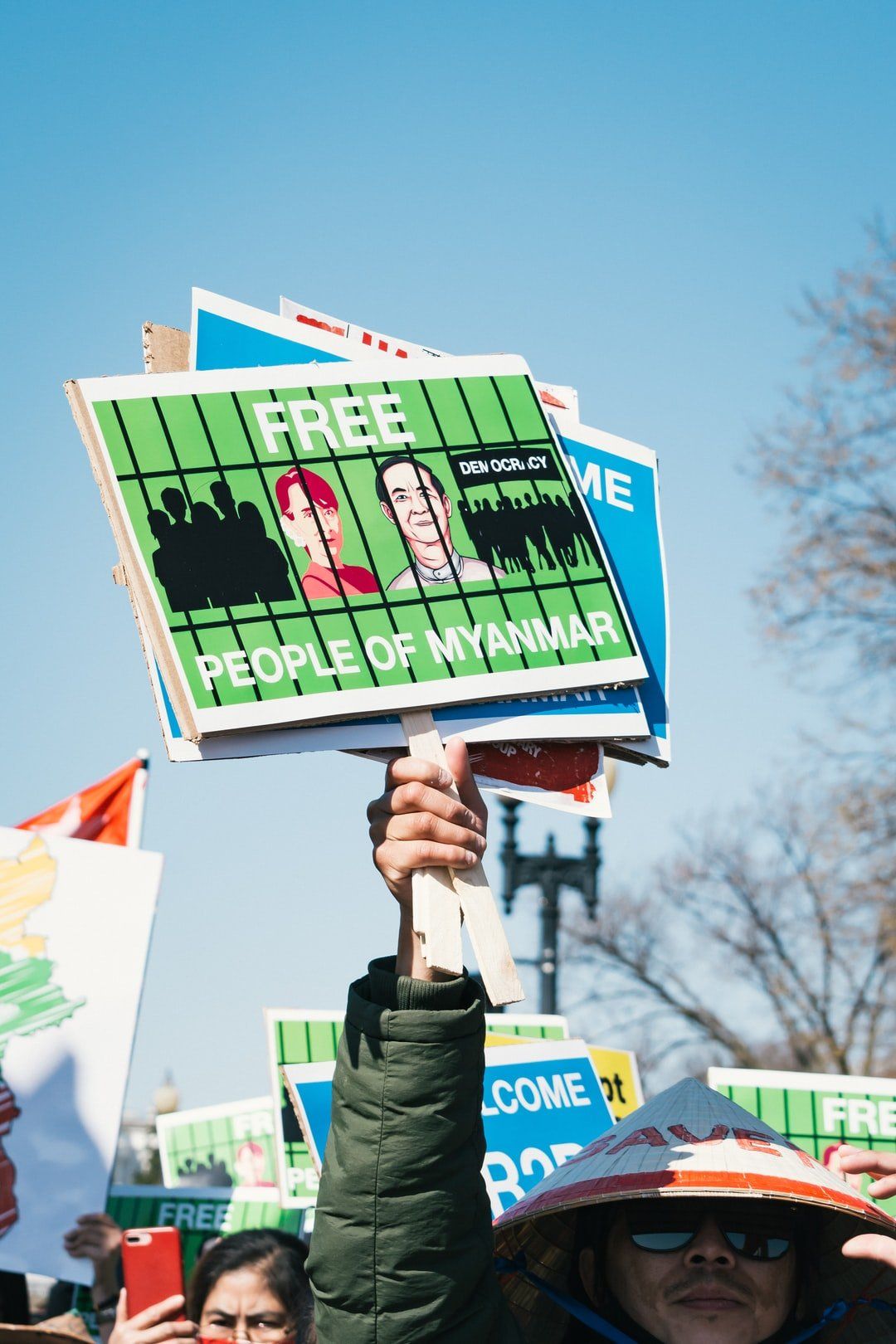NFTs: what they are and how they are transforming the art world?
For the first time, during the lockdowns, people were forced to rely only on their digital identities. During the pandemic that impeded our daily lives, technology innovation found itself to advance to a speed never witnessed before and to adapt to the new urgency of people. From this stream of innovation in the digital world, a new phenomenon emerged: NFTs. In a few months, NFTs conquered creators, art collectors, and investors from all over the world.
By Nathalie Aqualti Bonisoli
12 april , 2022
What is an NFT?
“NFT” stands for “Non-Fungible Token” and it can be thought of as the certificate of ownership of a digital asset. Non-fungible means that it maintains a specific economic and social identity that does not consent to any modifications and cannot be replaced with something else. Interestingly, they are different from bitcoins, which are fungibles and can therefore be traded one for another ending up with the exact same thing. One example of non-fungible assets are paintings such as the Mona Lisa, which is deemed non-fungible as it is one of a kind: people can take pictures or buy replicas and prints, but there will only ever be one original Mona Lisa. However, digital files can be easily and endlessly duplicated, the NFT serves for this purpose to create a digital certificate of ownership that can be bought and sold.
NFTs are tied to unique codes, and they can be bought and sold through cryptocurrencies on special portals. These digital objects can constitute real economic and cultural properties. Every token is considered unique, even though its content can be copied, screenshotted, and downloaded. For example, the “Nyan Cat'' meme has been shared thousands of times, however, its creator sold it as NFT for almost 600.000 dollars. NFTs are acquired and sold through cryptocurrencies on platforms such as SuperRare and OpenSea. NFTs rely on blockchain technology which guarantees that these certificates are safe and traceable. Blockchain is a public database that produces a certificate in open-source, safe and decentralized. It’s the same system that operates cryptocurrencies such as Bitcoin and Ethereum.
The first NFT transaction that started its popularity in the media can be traced back to February 2021, when Canadian artist Grimes sold some digital art pieces under the form of NFT for 6 million dollars in less than twenty minutes. A few days later, the CEO and co-founder of Twitter, Jack Dorsey, auctioned the first Tweet published on the platform for 3 million dollars. It has to be noted that, even though the NFT phenomenon became a trend only recently, the first time they appeared was in 2017 when Cryptokitties, an online game, was developed. In this game it was possible to buy, collect and take care of virtual kitties. Every kitten is an NFT, unique and of property of the buyer who acquired it through the game with cryptocurrencies.
Digital Fashion & NFT
NFTs comprise a wide range of products, from art pieces, videos, memes, and haute couture. As a matter of fact, NFTs, after having revolutionized the art world, are conquering also the fashion world, with the digitalization of clothes and accessories and the creation of marketplaces and platforms dedicated exclusively to the virtual world (reference to Suzanne’s article).
One of the first brands that have a digital representation of its brand is Gucci, in particular, the art piece
“Gucci Ghost” NFT product created by artist Trevor Andrew. Another mention in this context, is the collaboration between Dolce & Gabbana and UNXD and their hybrid fashion line constituted by IRL and NFT,
“Collezione Genesi”, launched in August 2021.
Collections and elite society: an evolution of fine art collecting
In a world of couture fashion and limited edition products, NFTs can constitute the latest trend that represents a certain economic and social status comparable to collection items sold by Sotheby’s or Christie’s. In fact,
Beeple sold an NFT for 69 million dollars during an auction at Christie’s. According to the auction house, this sale positions him among the three most valuable living artists. The fact that a prestigious auction house which sold some of the most famous paintings in history, is arguably legitimizing NFT technology as a form of art is crucial in adding hype for potential art collectors.
Sustainability
This new phenomenon, also gives rise to issues, which include sustainability. NFTs use the same blockchain technology as some energy-hungry cryptocurrencies and they end up using a lot of electricity and generating a lot of greenhouse gas emissions. The rising concern about the impact of NFTs and Bitcoin technology on the environment lead representatives of the industry to find solutions which could help to move forward into a greener future.
Conclusion
NFTs entail a wide concept as they can be anything that is digital, but it is currently mostly used to sell art. As an artist, NFTs can be interesting, as they give you a way to sell work that otherwise would not have a proper market. As a buyer, you will financially support artists you like, and have access to some basic usage rights, like being able to post the image online or set it as your profile picture. But mainly, you will gain bragging rights that you own the art, with a blockchain entry to back it up. NFTs are still perceived as controversial by the public, with a large portion considering that the NFTs phenomenon is a bubble that does “make no sense” .
Sources
- https://i-d.vice.com/it/article/m7egqy/nft-cos-e-a-cosa-serve-criptovalute-arte
- https://www.theverge.com/22310188/nft-explainer-what-is-blockchain-crypto-art-fa
- https://www.bbc.com/news/technology-56371912
- Image: New Yorker Cartoon
- https://www.theverge.com/22310188/nft-explainer-what-is-blockchain-crypto-art-faq
My name is Nathalie Alquati Bonisoli, I am twenty-two years old, and I am currently completing my Master of Laws degree in European Competition Law and Regulation at the University of Amsterdam. As an undergraduate, I studied European Law at Maastricht University, where I graduated with the Business Law specialization. During my bachelor I also participated in the Erasmus program in London where I studied English law at the Westminster University. I recently interned in a legal firm in Cremona (Italy) specialized in civil and criminal law. I am fluent in Italian and English and can communicate in Dutch, French and Chinese.
Read More

Watch Our Episodes





